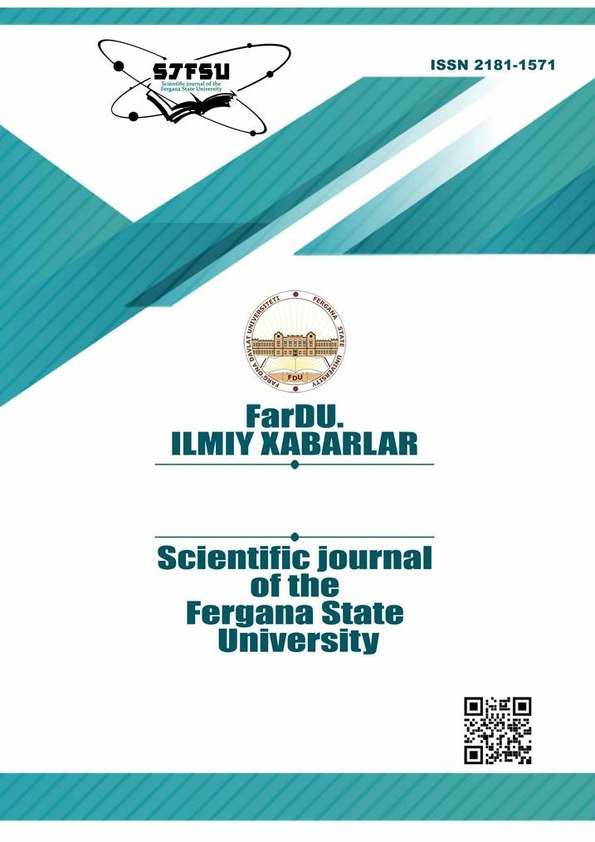INEVITABLE NEW MEDIA IN EDUCATION
Keywords:
technology, Internet, multimedia, education, teaching,students, knowledge, computers, foreign language learning.Abstract
This article discusses the challenges modern teachers face in the new era of technology and how multimedia technology is transforming the traditional educational landscape. It emphasizes the shift from conventional teaching methods to interactive, multi-sensory learning environments facilitated by multimedia tools. The incorporation of computers and the internet into education is highlighted as a crucial development, enabling more effective information transfer and expanding instructional possibilities. The article recognizes the evolving role of educators as facilitators in the learning process and stresses the significance of media literacy for students. It underlines the importance of multimedia in education, which combines various forms of media, such as audio, video, graphics, and text, to create interactive and engaging learning experiences.
Additionally, the article emphasizes the need for English Language Teaching to adapt to technological advancements, encouraging both teachers and students to embrace multimedia technologies. It suggests the use of social media and Web 2.0 technologies to enhance language learning and foster communication with native speakers. The article concludes that multimedia technology has the potential to significantly impact the future of education, leading to a shift in teaching methodologies and strategies. It emphasizes the importance of integrating technology into the classroom to improve teaching efficiency and engage learners effectively.
References
Brown H.D. Teaching by principles: An interactive approach to l anguage pedagogy- Beijing.: Foreign Language teaching and Research Press. 2012. -page188. (Til pedagogikasiga interaktiv yondashuv)
Cecilia, Davis. Social Media in Higher Education: A literature review and research directions. (2012) (Oliy taʼlimdagi ijtimoiy media: adabiyotlarni koʻrib chiqish va tadqiqot yoʻnalishlari)
Yunus, Melor Md Salehi, Hadi Chenzi, Chen. Integrating social English Language Teaching, (2012) page 5. (Ijtimoiy ingliz tilini oʻqitishni integratsiyalash)
Poole J. E-learning and learning styles; studentsʼ reactions to Web-based language and style at Blackpoo and the Fylde College. Language and Literature. 2006; 15 (3); page 307-320. (Elektron taʼlim va oʻrganish uslublari; talabalarning Blekpul va Fylde kollejidagi veb-ga asoslangan til va uslubga munosabati)
Downloads
Published
Issue
Section
License
Copyright (c) 2023 Scientific journal of the Fergana State University

This work is licensed under a Creative Commons Attribution-NonCommercial-NoDerivatives 4.0 International License.

